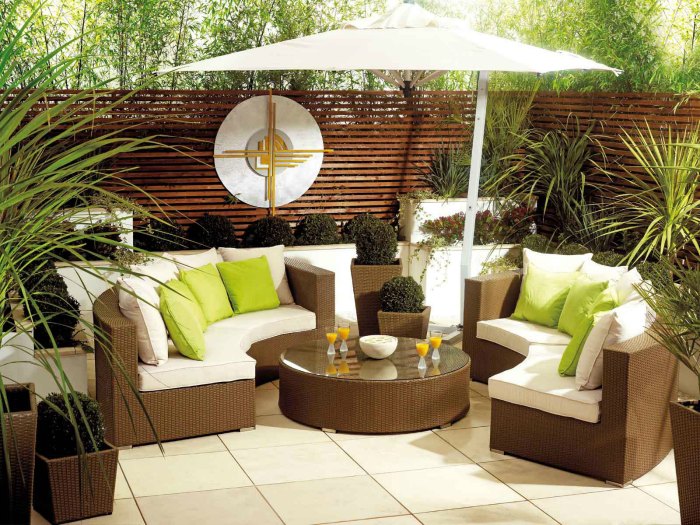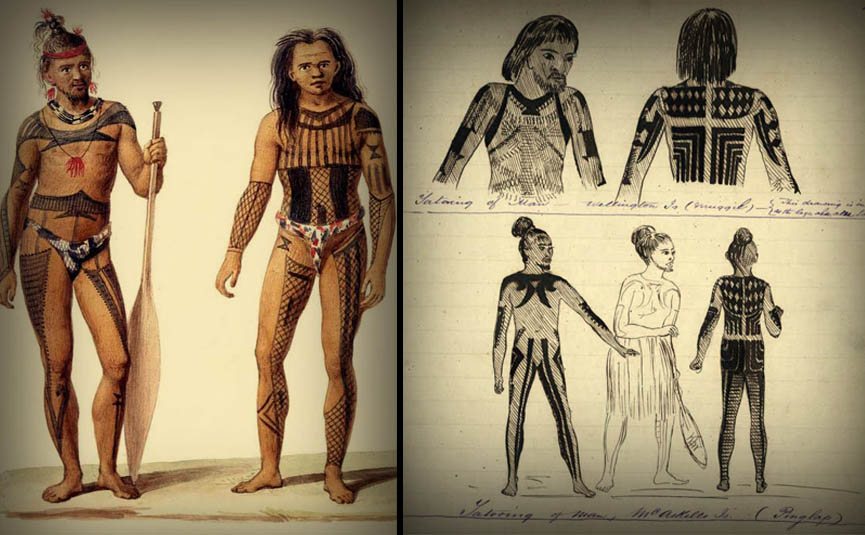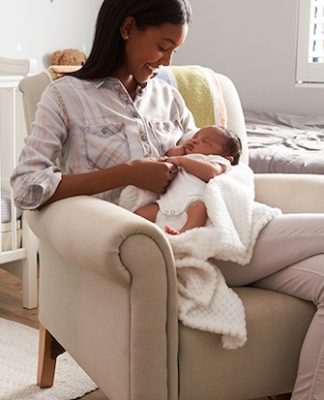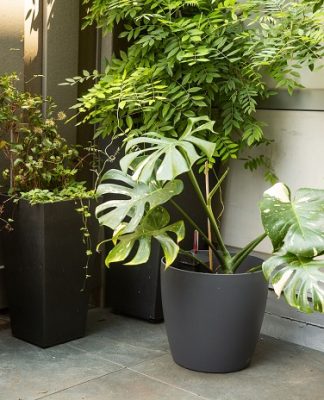In this time of digital advancements and technological wonders, it’s rare to find someone with a hobby beyond that world. We should all try to find something rewarding and fulfilling to spend our time on. Something that makes us happy and boosts our physical and mental wellbeing. Scale model building is one of the best pastimes that positively impacts our concentration, and attention to detail and allows us to spend quality time with our loved ones.
Benefits of Scale Model Building

Greater Creativity
Building scale models is a wonderful opportunity to bring out the creative part of people. It’s a nice way to unleash their creativity and make something unique. The creative choices are many. From choosing the model to picking colours, adding the paint, inserting details and many other choices.
Being able to self-express through the process will make this hobby even more entertaining and more enjoyable. Having a highly detailed die-cast model allows for more personalisation and playfulness. It’s a great exercise of the mind that’s very needed during these unstimulating technological times.
Some people even consider it to be a type of art form where you can paint outside the lines and add a personal touch. You can experiment with colours, textures and patterns. By thinking outside the box, you explore new ideas and techniques and dare to try something you’ve never tried before.
Enhanced Patience and Focus
This hobby certainly requires a lot of attention to detail and focus. It is a complex task that often entails handling small components and fragile materials. This is where you should focus, slow down and pay great attention to everything you’re doing.
Every step matters. By doing it the right way, you develop and improve your patience and concentration on the tasks at hand. The more you engage your brain, the more you’ll be able to bring these skills to other aspects of your life like your studying, work or people relations.
Improved Problem-Solving Skills
Model building is a delicate and detailed hobby. It’s often filled with specific challenges. When faced with them, you need to engage your problem-solving skills, especially if you’re new to this. Overcoming obstacles like how to put together some small, detailed parts or troubleshooting issues, is something you’ll deal with at some point in your construction. Dealing with these challenges encourages the development of analytical thinking skills and motivates individuals to find creative solutions. Of course, this analytical thinking will be useful in other aspects of your life.
Continuous Learning and Knowledge
Building models is an excellent way to learn about physics, engineering, history, and other important topics. A great number of models are scaled-down real-life working objects like aeroplanes, cars, motorcycles, buildings and more. So, working with them and figuring out how to build them requires a deeper understanding of their history. How they were originally created can also help you build them much more easily.
Learning all of this information is not only good for adults, but small children as well. They’ll get to explore tons of significant places, pieces, objects and parts of our history. At the end of the day, knowing all of those things will allow you to appreciate the craftsmanship and design that was used in creating those original pieces.
Sense of Accomplishment
One of the best parts of the building of the die-cast model is when you’re completely done. It brings a sense of accomplishment that’s very satisfying. It can be very rewarding to see the final product of your hard labour. Once it’s taken its final shape, the model will be a visible and tangible product, a representation of your commitment, patience and hard work. When you get that sense of accomplishment your confidence and pride will get a nice boost getting you ready for the next project. This rewarding feeling you get is important no matter your age.
Stress Relief and Relaxation
Building scale models is a wonderful way to relax and relieve your stress. When you start working on it, you’re getting far away from your daily tasks, problems at work, and everyday life demands. Instead, you’ll focus on this specific task and completely devote yourself to it.
This is a hobby of a repetitive nature. There are things you should do over and over again like painting or sanding. To a lot of people these actions and calming, almost meditative. In this fast-paced world we all need a distraction like this, so why not try scale model building?
What to Consider When Buying a Scale Model

Type
If you’re new to this hobby you should start the right way. Don’t just go and buy the first thing that comes at hand. Think about it carefully. If you’re a race car fan, buy a race car model. If you’re a geek for Star Wars get a model from this legendary franchise.
There are also watercraft, aircraft, classic cars and trucks and everything in between. Pick the one you’re most interested in. This way you’ll complete the project and look forward to the new one. Otherwise, you might abandon it and never come back for another try.
Size
These models come in many different sizes or scales. They can range from 1:8 to 1:32 and more. It may seem confusing but it’s very simple. These numbers show how much the model is shrunk down compared to the original piece. If it’s 1:8 it means the model is 8 times smaller than its real size so you can have it in your hand. If the second number is higher the model will be smaller and vice versa.
Difficulty Level
It’s never a good idea to get a model with thousands of small pieces as your first project. Things can get complicated fast and you might feel lost and discouraged. So instead of overwhelming yourself, get a model with a dozen parts. Something simple to put together. This will give a good base to learn and grow.
Paint and Glue
If you’re a beginner you should buy a paste glue. It’s easier to work with and you won’t make a mess. Liquid glues are for more skilled modellers. Both versions can be standard and non-toxic. When it comes to paint, most kits will need 5-10 colours to get the finished product. However, there are more detailed ones that need more than 30 colours. As a beginner, stick to the 5-10 colour scheme and you’re good to go.















